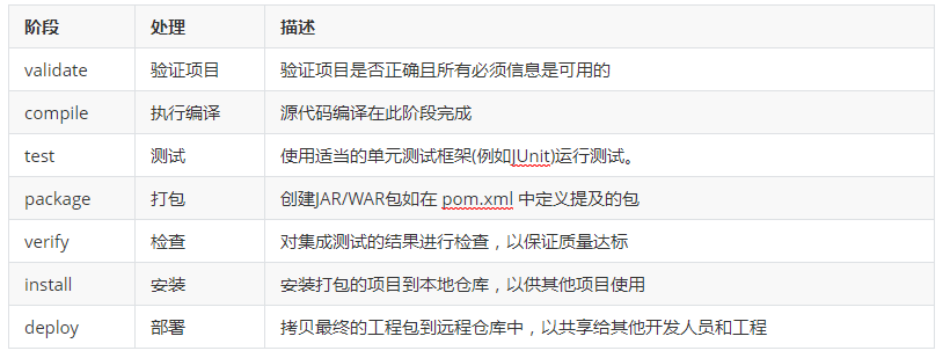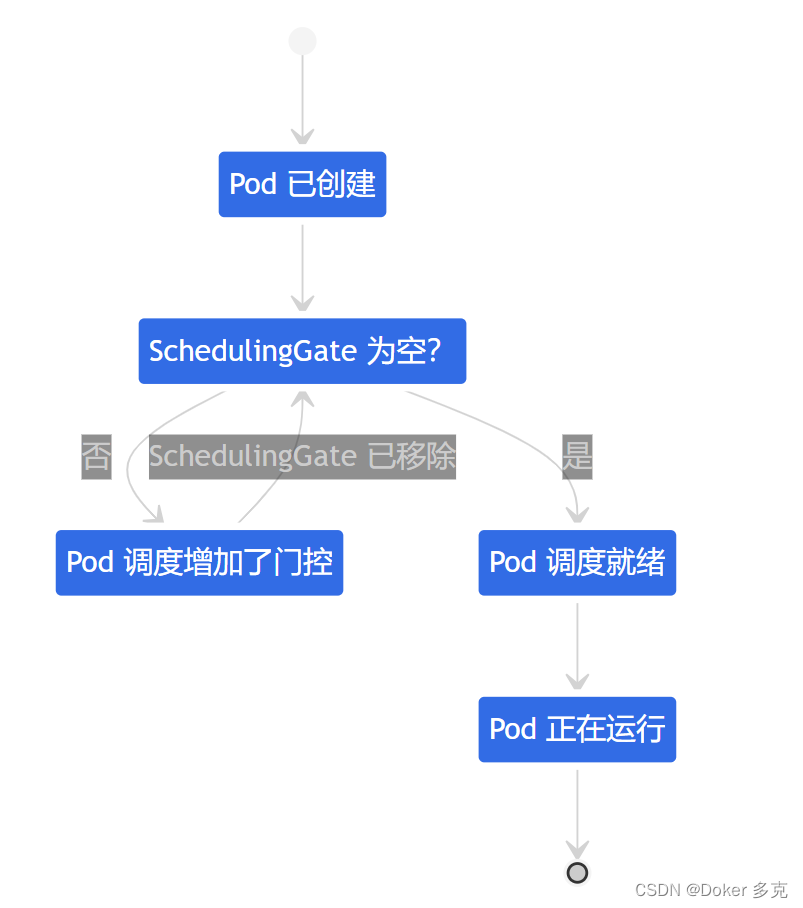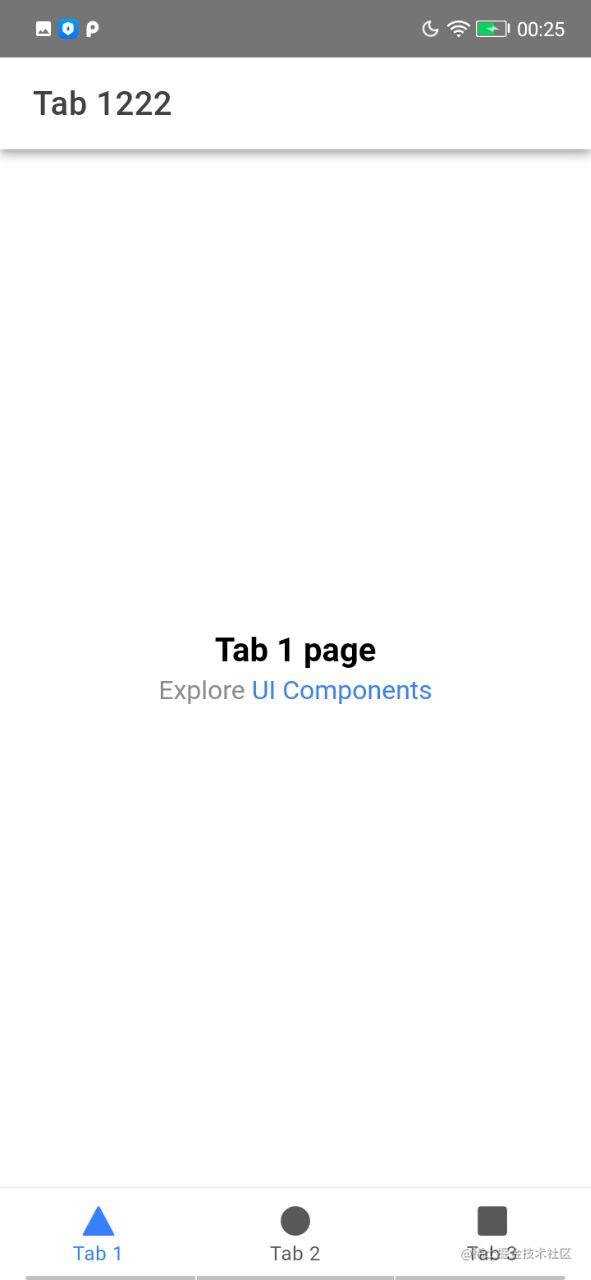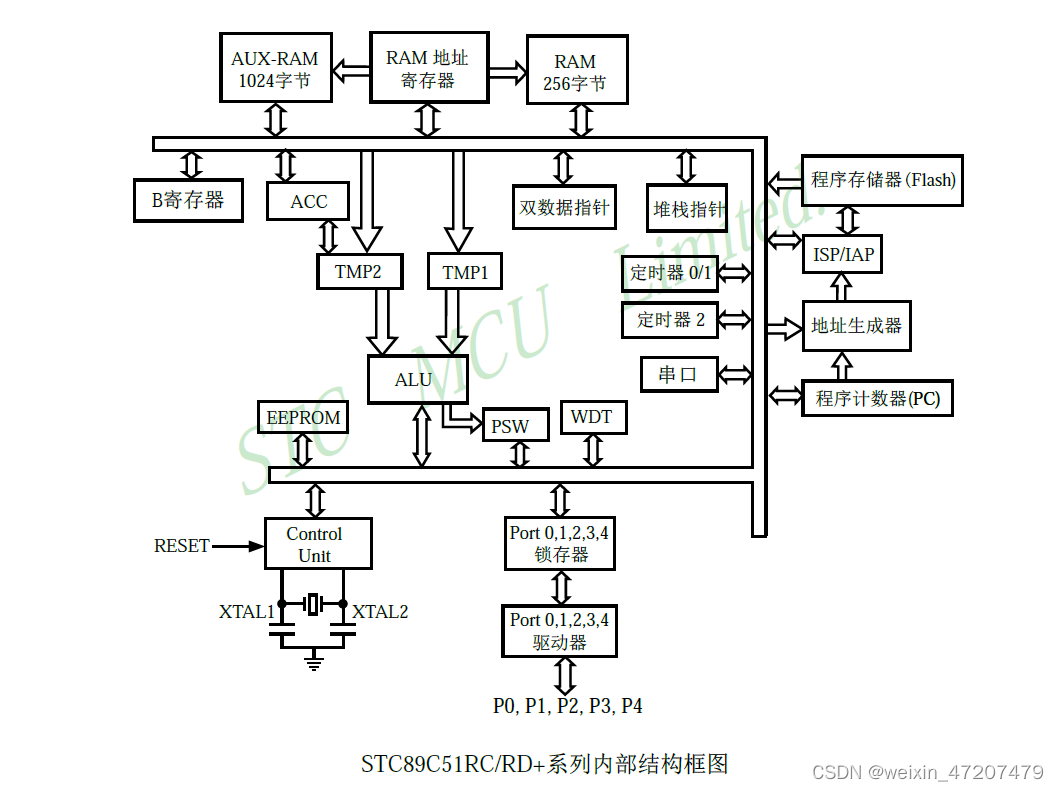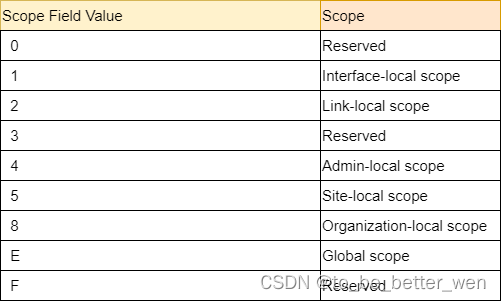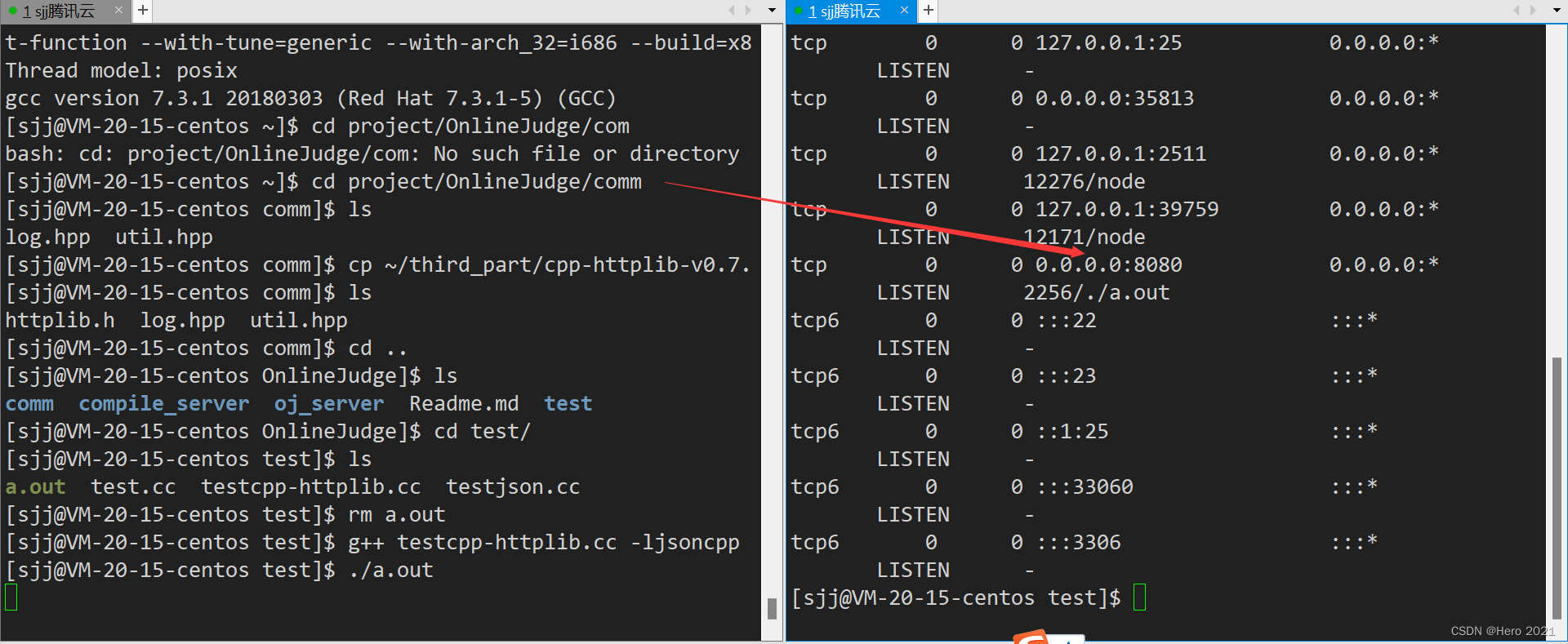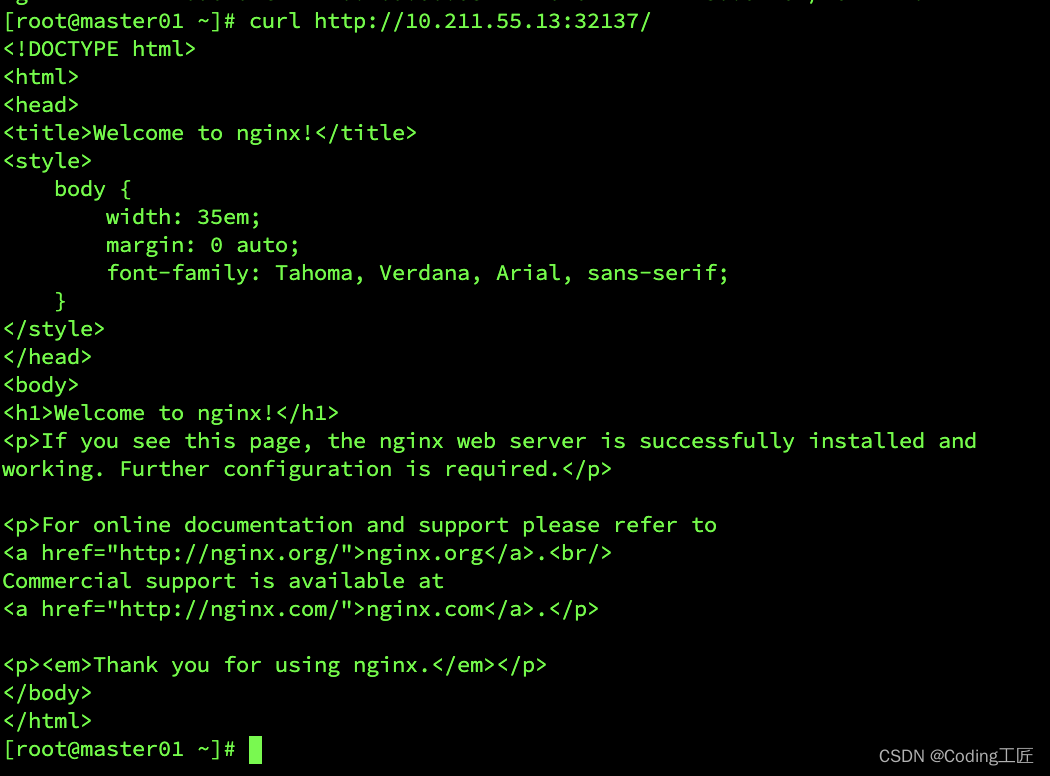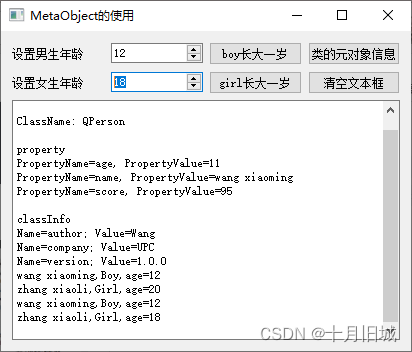Spring Boot 中的服务消费
在分布式系统中,服务消费是一个很常见的场景。通过服务消费,可以将一个系统中的服务作为另一个系统中的组件来使用。Spring Boot 提供了很多工具来简化服务消费的过程,本文将深入探讨 Spring Boot 中的服务消费是什么,其原理以及如何使用。
什么是服务消费
服务消费是指在一个分布式系统中,一个应用程序通过调用另一个应用程序的服务来完成某些任务。在服务消费过程中,服务提供者不需要关心服务的调用者是谁,而服务调用者也不需要关心服务的提供者是谁。这种解耦合的方式使得系统更加灵活、可扩展。
在 Spring Boot 中,服务消费通常是通过 REST API 来实现的。REST API 是一种基于 HTTP 协议的轻量级 Web 服务。服务提供者将数据以 JSON 或 XML 的形式返回给调用者,调用者通过 HTTP 请求来调用服务。

服务消费的原理
服务消费的原理可以简单概括为以下几步:
- 服务提供者将服务注册到服务注册中心。
- 服务消费者从服务注册中心获取服务的地址。
- 服务消费者通过 HTTP 请求调用服务。
- 服务提供者将数据以 JSON 或 XML 的形式返回给调用者。
在 Spring Boot 中,服务提供者通常使用 Spring Cloud 中的 Eureka 来注册服务。Eureka 是一个基于 REST 的服务,用于服务发现和注册。服务消费者可以使用 Spring Cloud 中的 Ribbon 或 Feign 来调用服务。
Ribbon 是一个基于 HTTP 和 TCP 的客户端负载均衡器。它能够根据服务提供者的数量和负载情况,动态地将请求分配给不同的服务实例。Ribbon 还提供了一些负载均衡策略,例如轮询、随机和加权轮询等。
Feign 是一个基于 Ribbon 和 Spring MVC 的 HTTP 客户端。它让服务调用更加简单和优雅。通过注解和接口定义,Feign 可以自动生成 REST 客户端代码,并将请求转换为 HTTP 请求发送给服务提供者。
如何使用服务消费
在 Spring Boot 中,使用服务消费非常简单。下面将介绍如何使用 Ribbon 和 Feign 来消费服务。
使用 Ribbon
首先,在 pom.xml 文件中添加以下依赖:
<dependency>
<groupId>org.springframework.cloud</groupId>
<artifactId>spring-cloud-starter-netflix-ribbon</artifactId>
</dependency>
然后,在启动类中添加 @EnableDiscoveryClient 注解:
@SpringBootApplication
@EnableDiscoveryClient
public class Application {
public static void main(String[] args) {
SpringApplication.run(Application.class, args);
}
}
接下来,定义一个服务调用类:
@RestClient
public class MyService {
private final RestTemplate restTemplate;
@Autowired
public MyService(RestTemplate restTemplate) {
this.restTemplate = restTemplate;
}
public String callService() {
return restTemplate.getForObject("http://SERVICE-PROVIDER/hello", String.class);
}
}
在这个类中,我们使用了 @RestClient 注解来声明这是一个 REST 客户端。在构造函数中,我们注入了一个 RestTemplate 对象,这个对象是 Spring Boot 中默认的 HTTP 客户端。在 callService() 方法中,我们通过 restTemplate.getForObject() 方法来调用服务提供者的 /hello 接口。
最后,在 Controller 中注入 MyService 类,并调用 callService() 方法:
@RestController
public class MyController {
private final MyService myService;
@Autowired
public MyController(MyService myService) {
this.myService = myService;
}
@GetMapping("/hello")
public String hello() {
return myService.callService();
}
}
在这个 Controller 中,我们注入了 MyService 类,并在 hello() 方法中调用了 MyService 类的 callService() 方法。
在以上代码中,SERVICE-PROVIDER 是服务提供者的名称,可以在 application.properties 文件中进行配置:
spring.application.name=my-app
eureka.client.service-url.defaultZone=http://localhost:8761/eureka/
这里,我们将应用程序的名称设置为 my-app,将 Eureka 的默认地址设置为 http://localhost:8761/eureka/。
现在,我们就可以启动应用程序,访问 http://localhost:8080/hello,就可以看到服务提供者返回的数据了。
使用 Feign
如果你想要更加简单和优雅地消费服务,可以使用 Feign。首先,在 pom.xml 文件中添加以下依赖:
<dependency>
<groupId>org.springframework.cloud</groupId>
<artifactId>spring-cloud-starter-openfeign</artifactId>
</dependency>
然后,在启动类中添加 @EnableFeignClients 注解:
@SpringBootApplication
@EnableDiscoveryClient
@EnableFeignClients
public class Application {
public static void main(String[] args) {
SpringApplication.run(Application.class, args);
}
}
接下来,定义一个 Feign 接口:
@FeignClient("SERVICE-PROVIDER")
public interface MyFeignClient {
@GetMapping("/hello")
String callService();
}
在这个接口中,我们使用了 @FeignClient 注解来声明这是一个 Feign 客户端。在 @FeignClient 注解中,我们指定了服务提供者的名称。在接口中,我们定义了一个 callService() 方法,这个方法对应了服务提供者的 /hello 接口。
最后,在 Controller 中注入 MyFeignClient 类,并调用 callService() 方法:
@RestController
public class MyController {
private final MyFeignClient myFeignClient;
@Autowired
public MyController(MyFeignClient myFeignClient) {
this.myFeignClient = myFeignClient;
}
@GetMapping("/hello")
public String hello() {
return myFeignClient.callService();
}
}
在这个 Controller 中,我们注入了 MyFeignClient 类,并在 hello() 方法中调用了 MyFeignClient 类的 callService() 方法。
现在,我们就可以启动应用程序,访问 http://localhost:8080/hello,就可以看到服务提供者返回的数据了。
总结
服务消费是一个分布式系统中非常重要的组成部分。在 Spring Boot 中,我们可以使用 Ribbon 和 Feign 来简化服务消费的过程。通过本文的介绍,我们了解了服务消费的原理,并学习了如何使用 Ribbon 和 Feign 来消费服务。希望这篇文章能够帮助你更好地理解 Spring Boot 中的服务消费。
